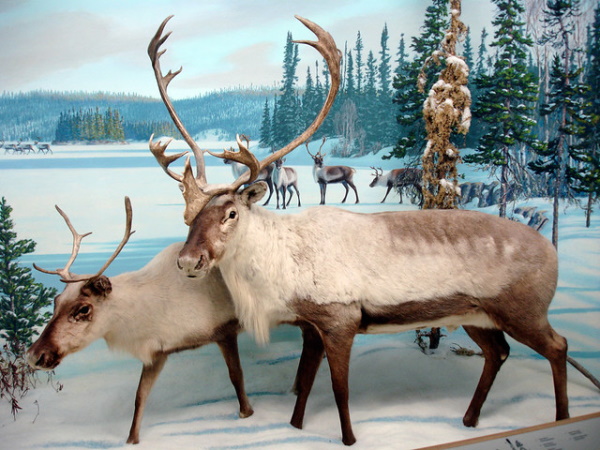From pulling Santa’s sleigh to providing sustenance to a host of tundra-dwelling humans and animals, these 7 reindeer subspecies need to be seen and herd.
Forest Caribou
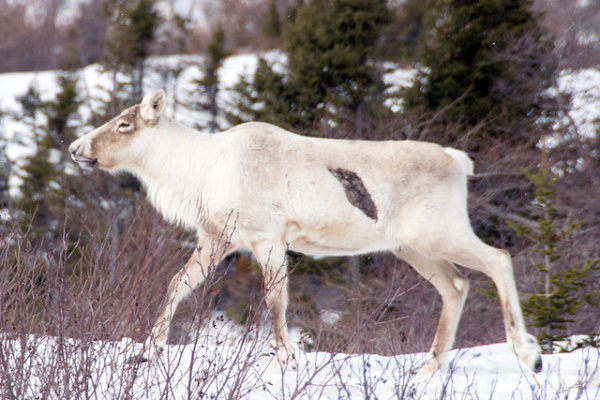 (image via: Paul Asman and Jill Lenoble)
(image via: Paul Asman and Jill Lenoble)
Forest Caribou, also known as Migratory Woodland Caribou (Rangifer tarandus caribou), are the widest-ranging reindeer in North America. They may be found across northern Canada from the western borders of the Yukon territory eastward to Newfoundland and Labrador, with forested and mountainous habitats extending south into Pacific northwestern states such as Idaho and Washington.
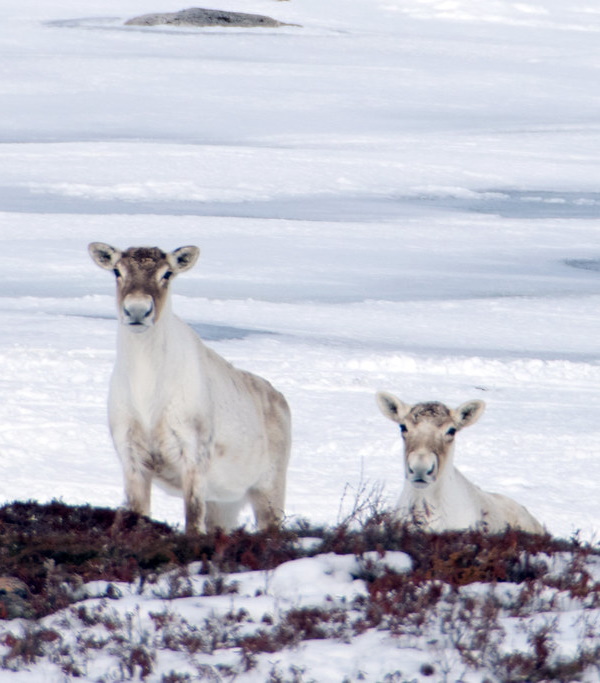 (image via: Paul Asman and Jill Lenoble)
(image via: Paul Asman and Jill Lenoble)
Regarding the name “Caribou”, these are reindeer in every sense of the word. The species Rangifer encompasses a number of subspecies – some of which are in dispute as to their taxonomic viability – though in layman’s terms “Caribou” are found in North America (including Greenland) and “Reindeer” inhabit northern regions of Eurasia and Scandinavia.
Svalbard Reindeer
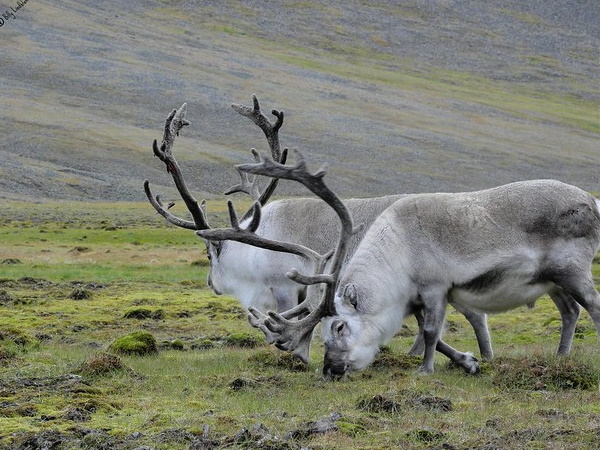 (image via: Billy Lindblom)
(image via: Billy Lindblom)
The Svalbard Reindeer (Rangifer tarandus platyrhynchus) inhabit the Svalbard island archipelago, a sovereign territory of Norway located well north of the Arctic Circle approximately halfway between the northern tip of Norway proper and the North Pole. It’s estimated the Svalbard Reindeer migrated to the islands roughly 5,000 years ago and remained there, gradually adapting to local conditions in a gradual process known as Island Dwarfism. These days, Svalbard Reindeer are the smallest reindeer subspecies and their legs are noticeably shorter than those of their continental cousins.
Porcupine Caribou
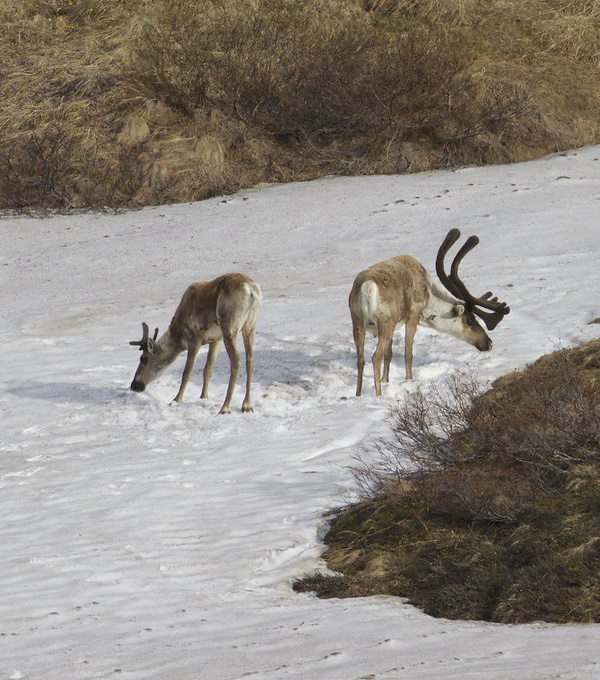 (image via: Gregory “Slobirdr” Smith)
(image via: Gregory “Slobirdr” Smith)
Porcupine Caribou or Grant’s caribou (Rangifer tarandus granti) are found mainly in Alaska but their range, centered on the Porcupine River basin, can overlap that of the Forest Caribou and Barren-ground Caribou in the eastern portions of the state and into Canada’s Yukon and Northwest Territories. Though Porcupine Caribou are generally agreed to be a distinct reindeer subspecies, in their physiology they closely resemble Barren-ground Caribou (R. tarandus groenlandicus) and like all reindeer, create the enzyme lichenase which allows them to convert their favorite food (Reindeer Moss) into the nutrient glucose.
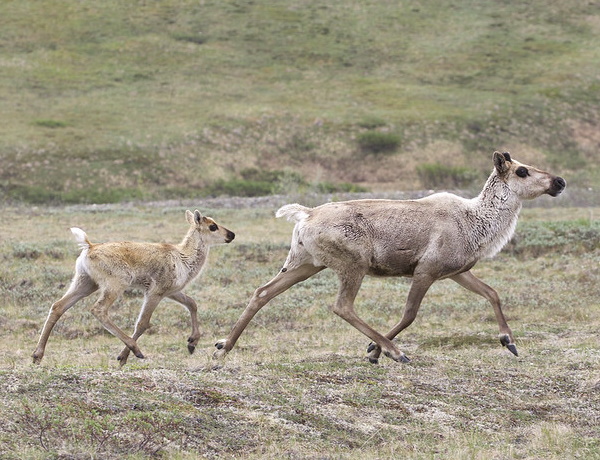 (image via: Gregory “Slobirdr” Smith)
(image via: Gregory “Slobirdr” Smith)
Porcupine Caribou have been extensively studied by zoologists and environmentalists, as the entire subspecies comprises a single large (over 160,000 individuals) herd. The caribou are famed for their annual migration that takes them from their inland winter range to their traditional calving grounds near the coast of the Beaufort Sea. A typical migratory cycle will see the herd travel a distance of over 1,500 miles (2,500 km), which is the longest land migration route of any terrestrial mammal.
